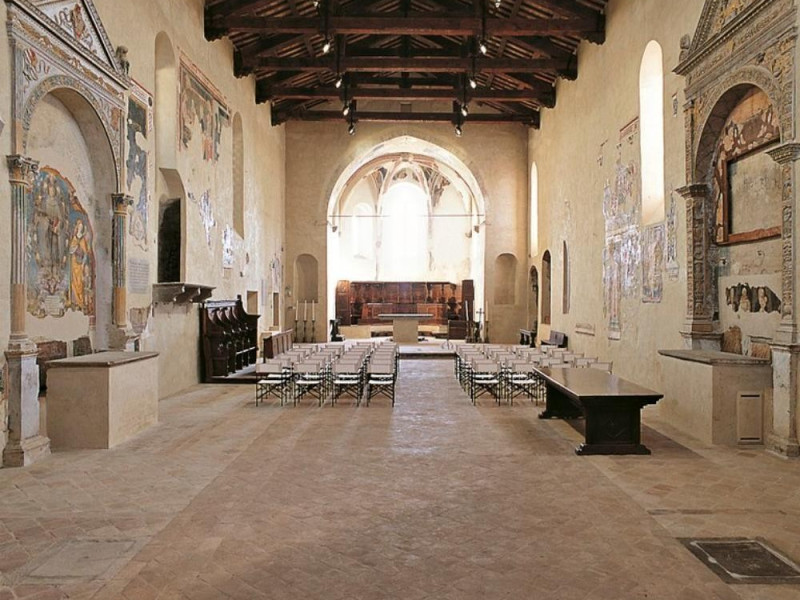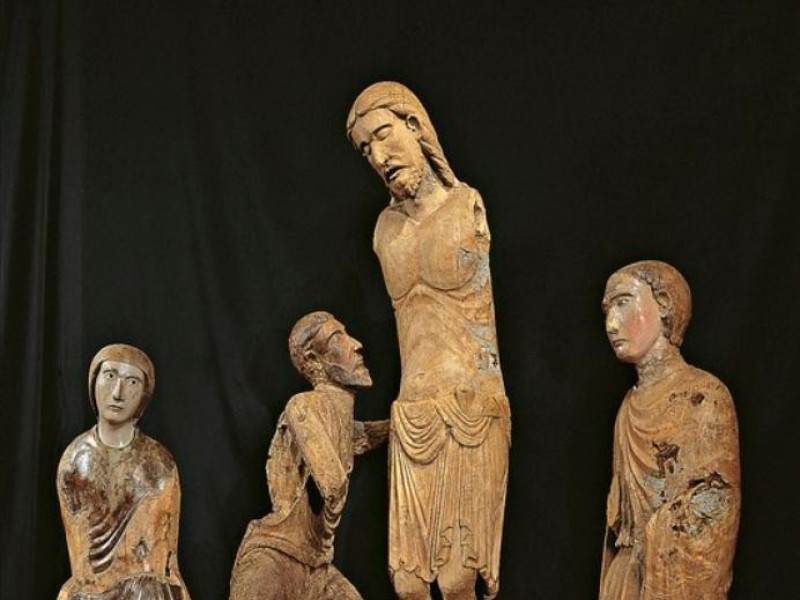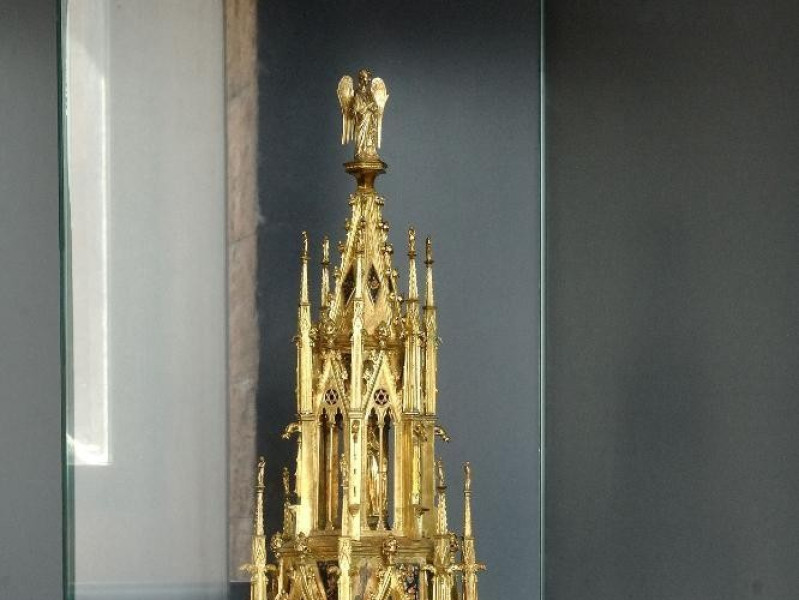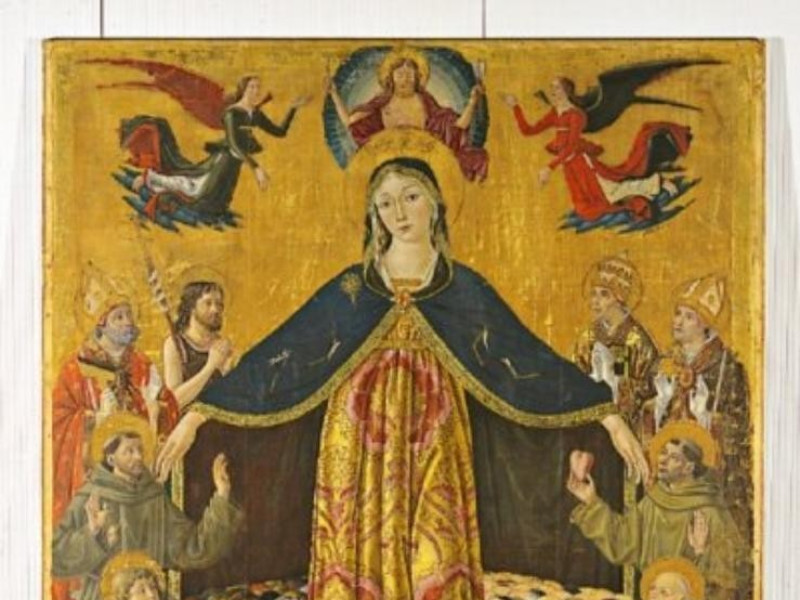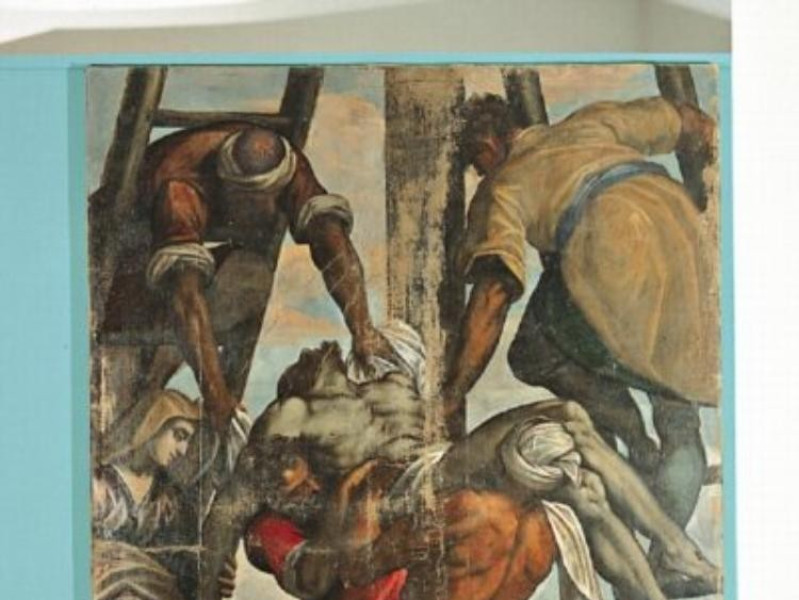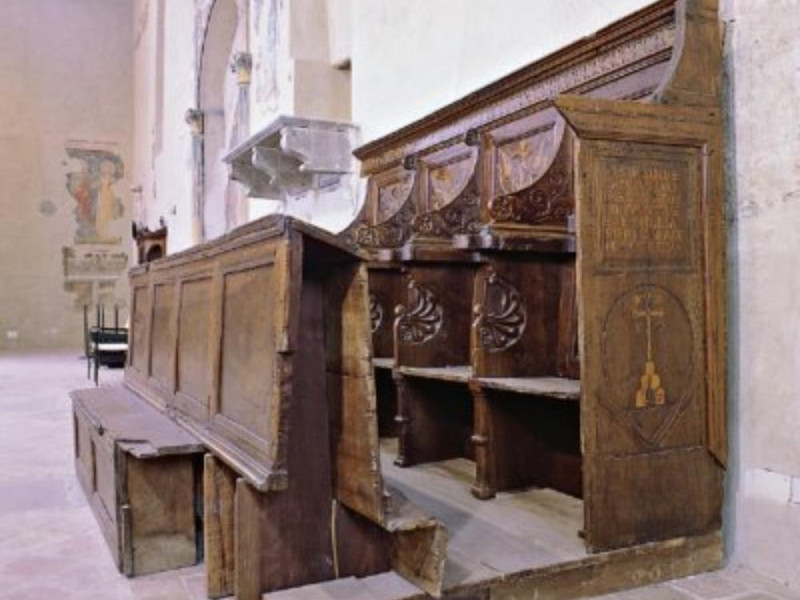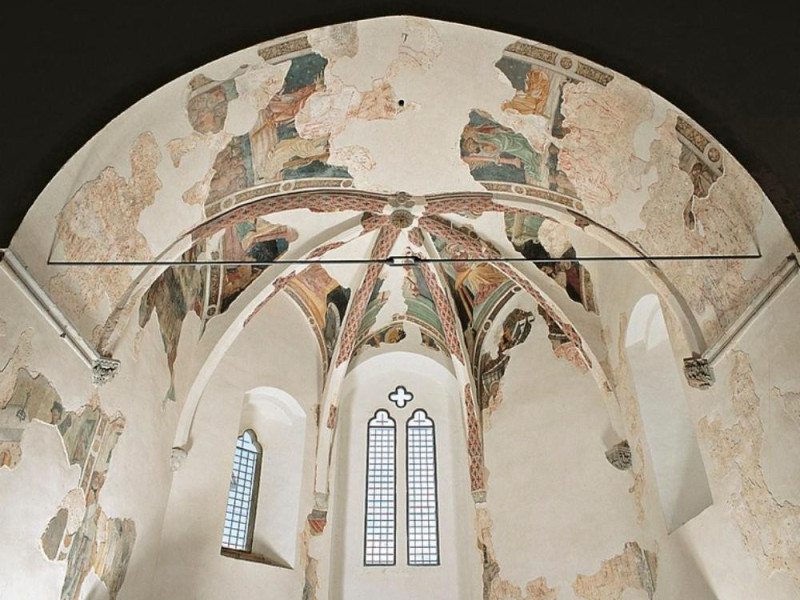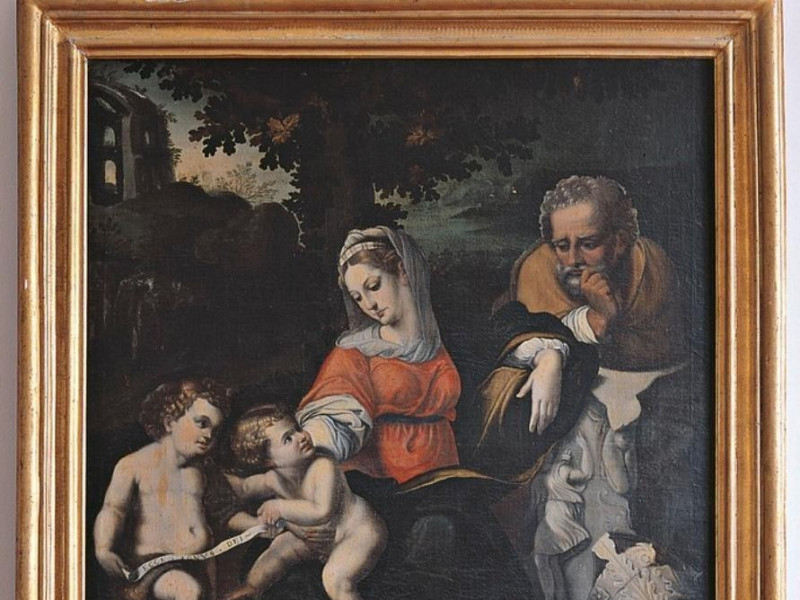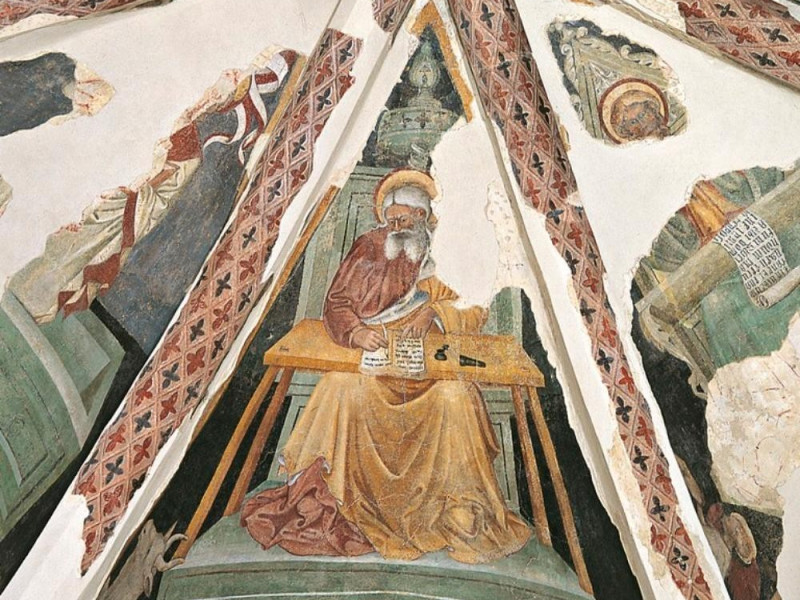Luogo - Museum
Complesso museale di San Francesco
Where
Via San Francesco, 5, Montone (Perugia)
San Francesco Museum Complex
The Complesso Museale di San Francesco reunites the Museo Civico di San Franceso and the MuseoEtnografico “Il Tamburo Parlante”, respectively the Civic Museum and the Ethnographic Museum in the same premises. It is housed in the Convent and Church of San Francesco, located in the center of Montone, at the end of a road made of a flight of steps leading from Piazza Fortebracci, the village center, to Via San Francesco, in Borgo Vecchio.
The Museum, inaugurated in 1995, is endowed with a collection of paintings of remarkable worthiness. In the Gothic church hosting it, dated from the 14th century, the original furnishing have been partly rearranged while the convent rooms have been organized to host the Historical-Artistic Collection. When entering into the church, the beautiful carved portal—work of Bencivenni da Mercatello, dating 1514—cannot pass unnoticed. The frescoes of the apse, a work of the artist Antonio Alberti from Ferrara, are interesting, even if of fragmentary conservation. Commissioned in the 1420s by the famous soldier of fortune Braccio Fortebracci, Count of Montone, the cycle is the most important evidence of the courtly culture of Braccio. Apart from the choir’s stalls, which are finely carved, a Fortebracci family votive altar, bearing a fresco depicting St Anthony from Padua among Saints of the Perugian painter Bartolomeo Caporali, is preserved on the wall to the left. The Madonna of Mercy Gonfalon, of the same artist, is displayed in the museum. The
Deposition wooden sculpture, from the Pieve di San Gregorio, dating from the 13th century, is undoubtedly among the most valuable works exhibited. A consistent collection of fabrics and liturgical goldsmith works, along with some painting executed by artists during the 16th and 17th centuries, complete the collection. The ethnographic collection called “Il Tamburo Parlante”—Talking Drum—is in the same complex. The items coming from Eastern Africa—Sudan, Ethiopia, Kenya and Tanzania—are arranged in four rooms. There are more than 600 pieces that are selected and arranged in a way that illustrates the interaction of the various African cultures in their natural environments where they developed.
